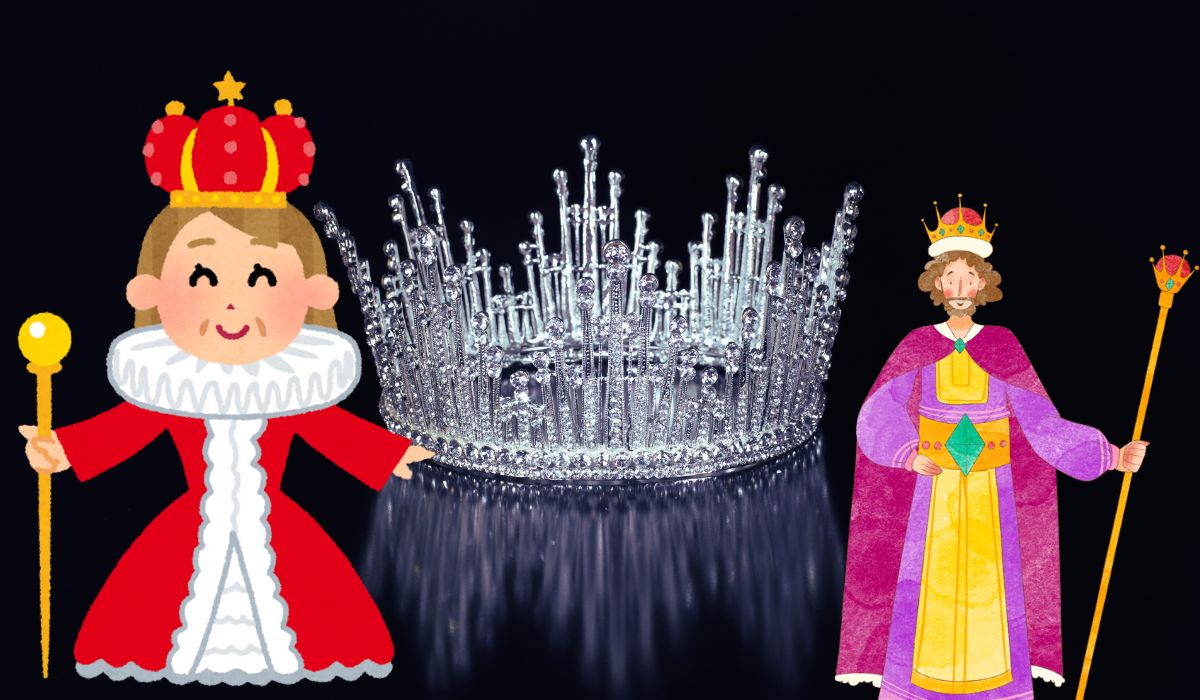 In a world dominated by digital media and modern typography, the Gutenberg Bible represents a fascinating intersection of history and innovation.
In a world dominated by digital media and modern typography, the Gutenberg Bible represents a fascinating intersection of history and innovation.
This article explores why the Gutenberg Bible remains a complex text for contemporary audiences, delving into the broader implications of graphic design and typographic evolution that influence how we interact with ancient texts today.
The Gutenberg Bible and Modern Typography
What Do Modern Day Graphic Designers Use To Create Their Finished Pieces?
Modern graphic designers rely heavily on digital tools and software like Adobe Photoshop, Illustrator, and InDesign. These platforms allow for precision and flexibility that Johannes Gutenberg could never have imagined when he was printing his Bibles in the 1450s.
This shift from hand-crafted type to digitally designed fonts presents the first challenge for modern readers: understanding the artistry and effort behind each hand-set page of the Gutenberg Bible.
What Major Development Influenced The Creation Of Types?
The major leap in typographic development was the invention of movable type by Johannes Gutenberg, which revolutionized printing in Europe. This innovation allowed for the mass production of books and was a pivotal moment in the dissemination of knowledge.
For modern readers, appreciating this shift and recognizing its impact on literacy and accessibility can enhance their appreciation of Gutenberg’s work.
Who Was The First European Artist To Help Develop The Modern Typeface?
The development of modern typefaces can be traced back to artists like Nicolas Jenson, who was among the first to refine the type design after Gutenberg’s initial invention. Jenson’s types were clearer and more readable than those of Gutenberg, which marked a significant step toward the typefaces we use today.
Understanding these origins can help modern readers connect with the historical context of the Gutenberg Bible.
The Intersection of Graphic Design and Fine Art
Why Would Some Argue Graphic Design Is Similar To Fine Art?
Graphic design and fine art share common principles, such as composition, balance, and color theory.
The layout and artistic decisions in the Gutenberg Bible reflect a deep understanding of these principles, which can be seen as a form of art in its own right.
For modern readers, recognizing this artistic dimension opens up a new way of viewing Gutenberg’s work beyond its religious content.
The Digital Revolution and Graphic Design
The Digital Revolution Added What New Element To Graphic Design?
The digital revolution introduced interactivity and multimedia elements to graphic design, aspects that are absent in static texts like the Gutenberg Bible. Today’s readers might find the static nature of printed texts less engaging compared to the interactive experiences offered by digital media.
Gestalt Principles In Typography
Gestalt Principles Create Which Concepts?
Gestalt principles help us understand how humans perceive visual elements as whole forms rather than just collections of parts. In the context of the Gutenberg Bible, these principles can explain how early typographers like Gutenberg organized text to enhance readability and aesthetic appeal, which might be less apparent to modern readers accustomed to different visual norms.
True or False: All Graphic Designers Are Artists
True. While not all graphic designers may identify as artists, the core of graphic design involves creativity and aesthetic judgment, skills that are fundamentally artistic. Recognizing this helps modern readers appreciate the artistic skills involved in the creation of the Gutenberg Bible.
Understanding the Gutenberg Bible’s challenges for modern readers requires a blend of historical insight and appreciation for the evolution of graphic design. As we explore these ancient texts, we are reminded of the continuous interplay between technology and art, a relationship that shapes how we communicate and perceive the world around us.









